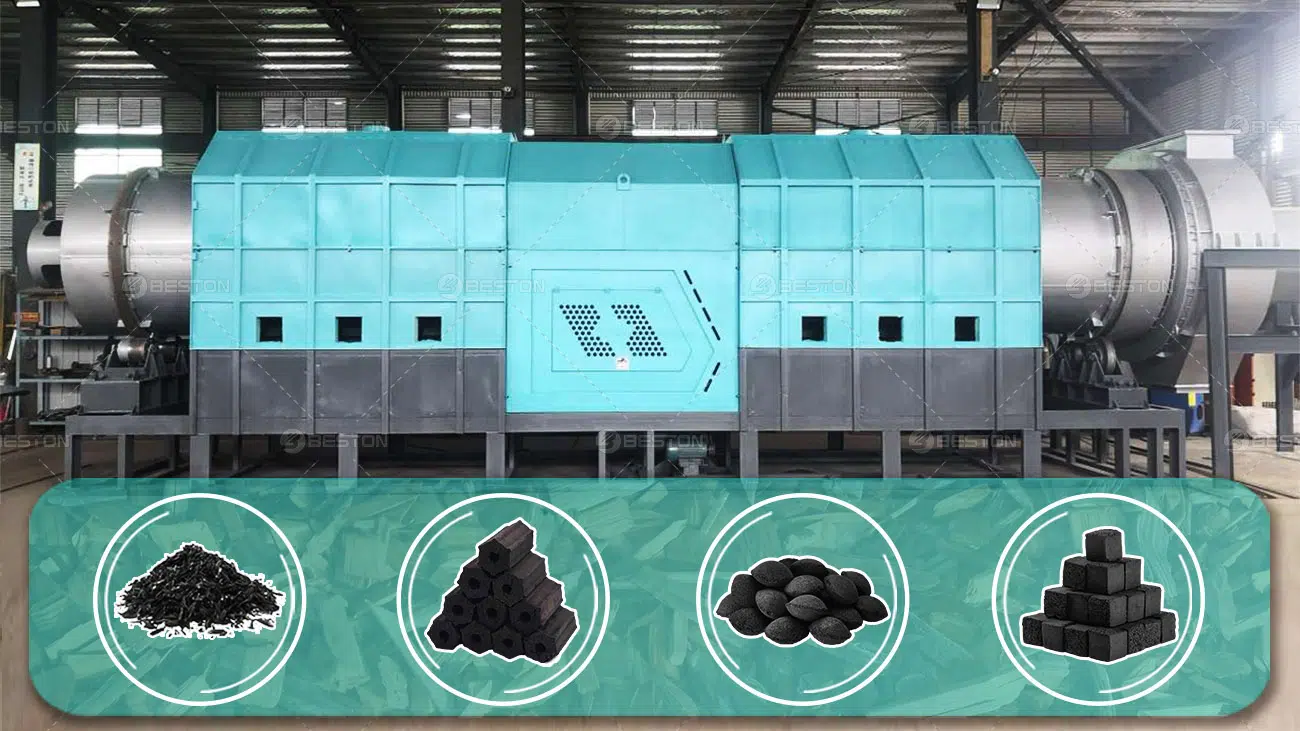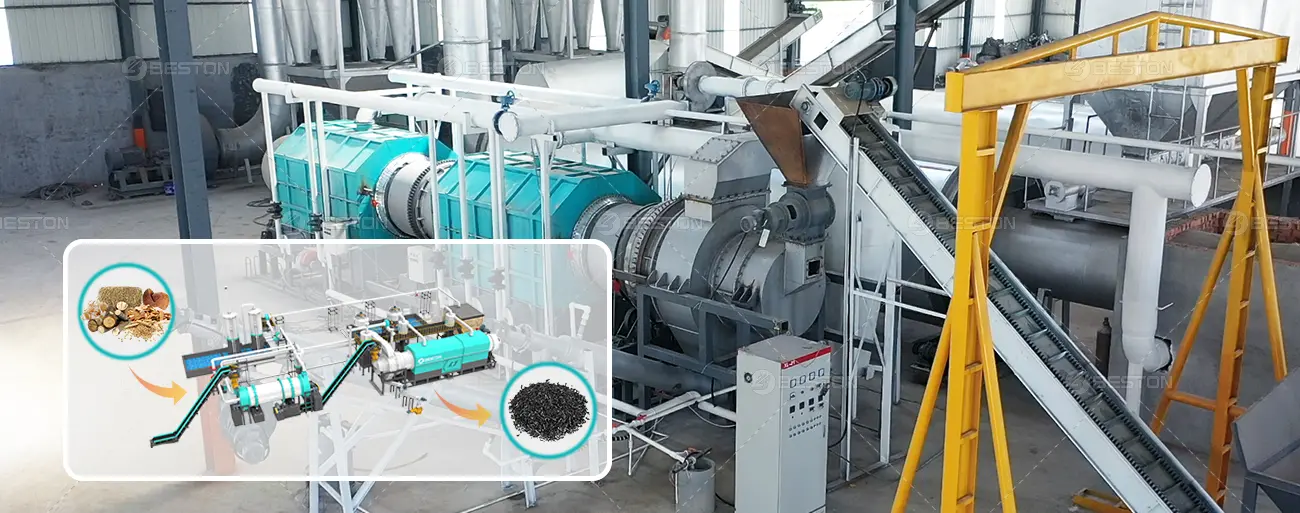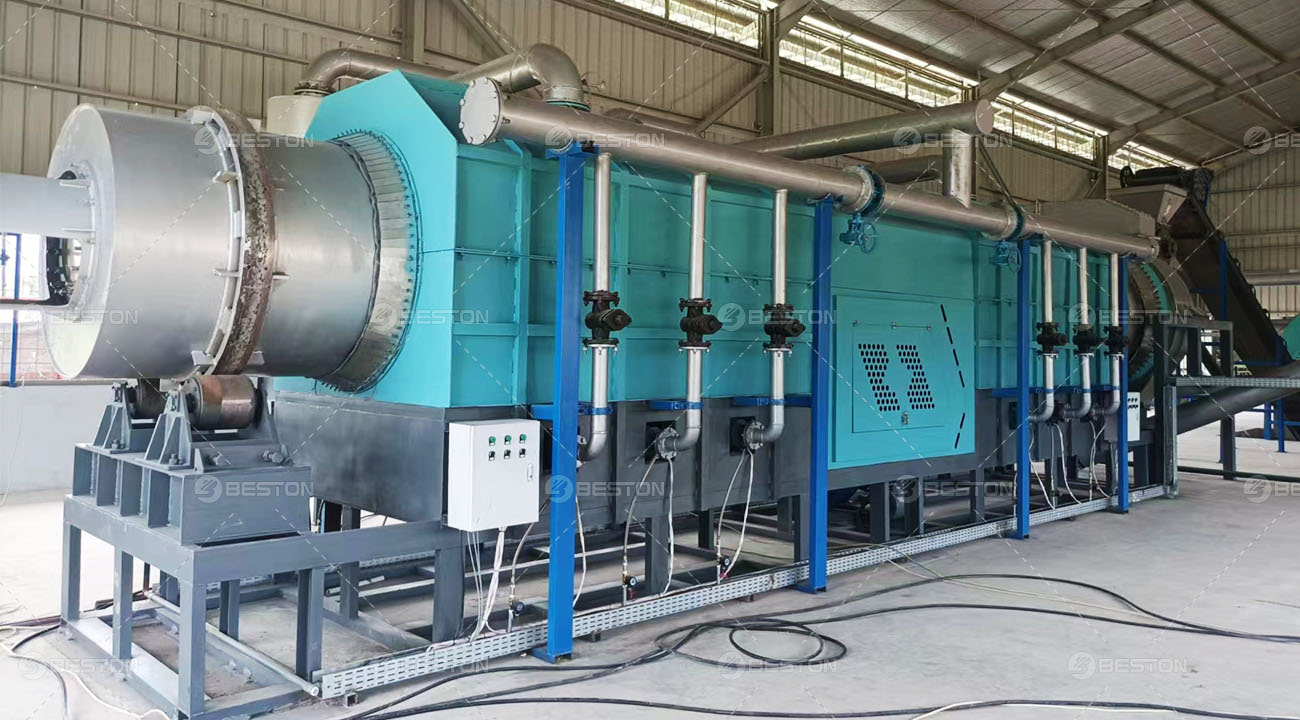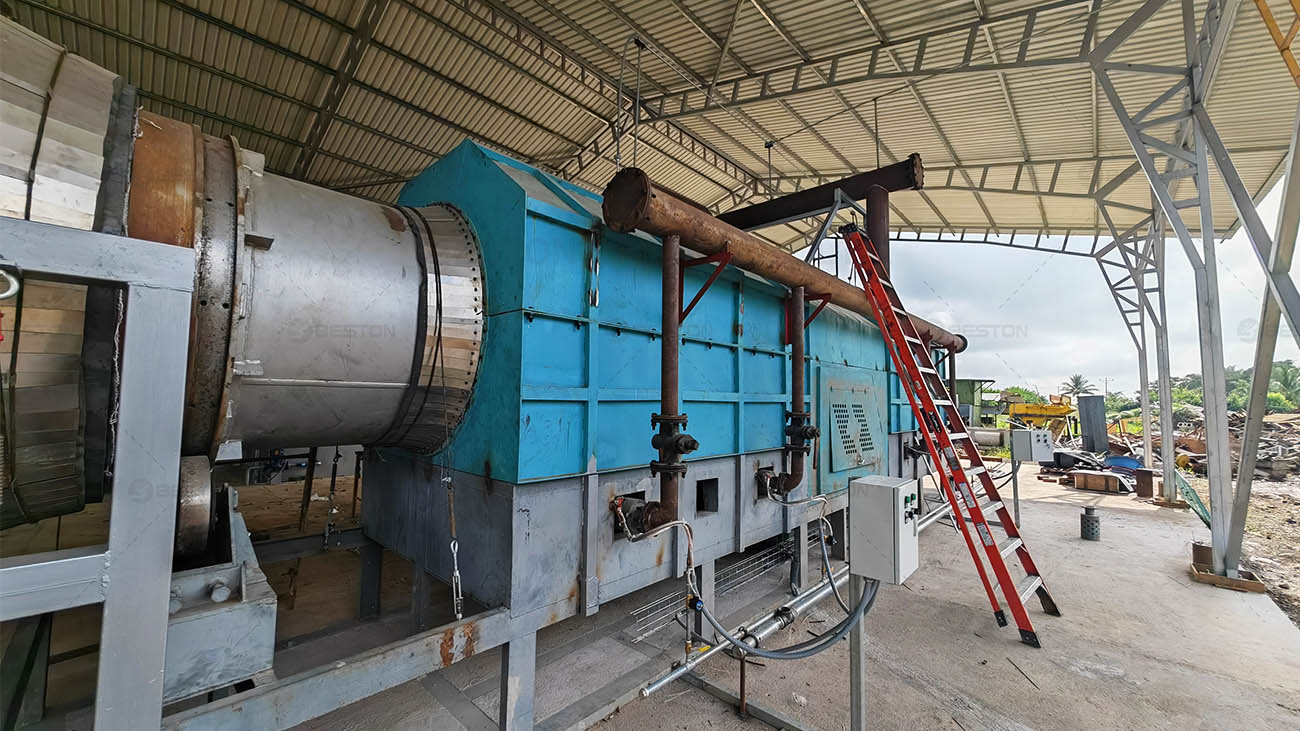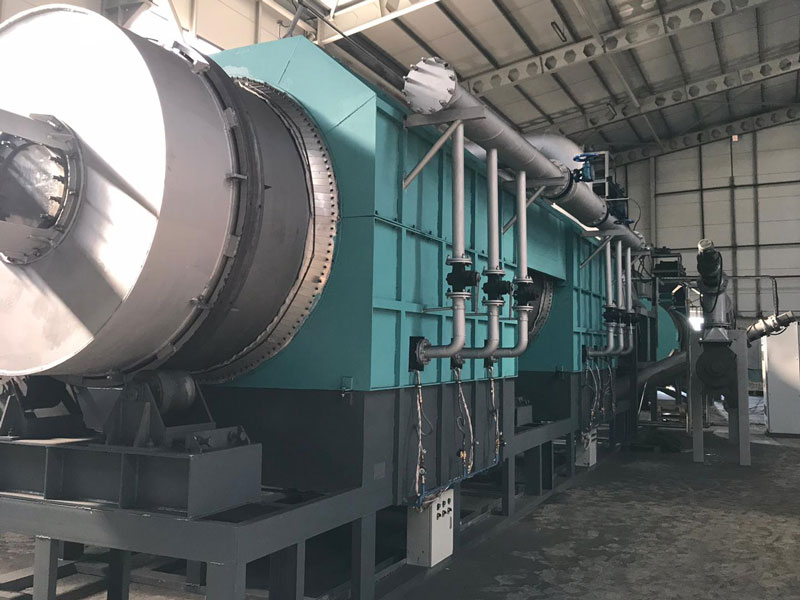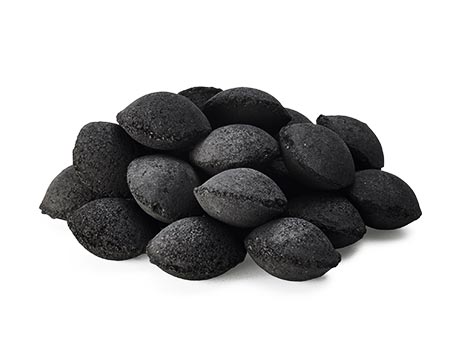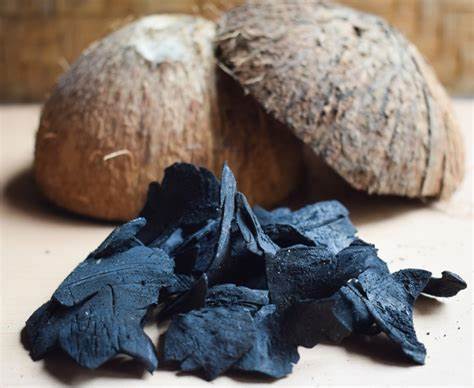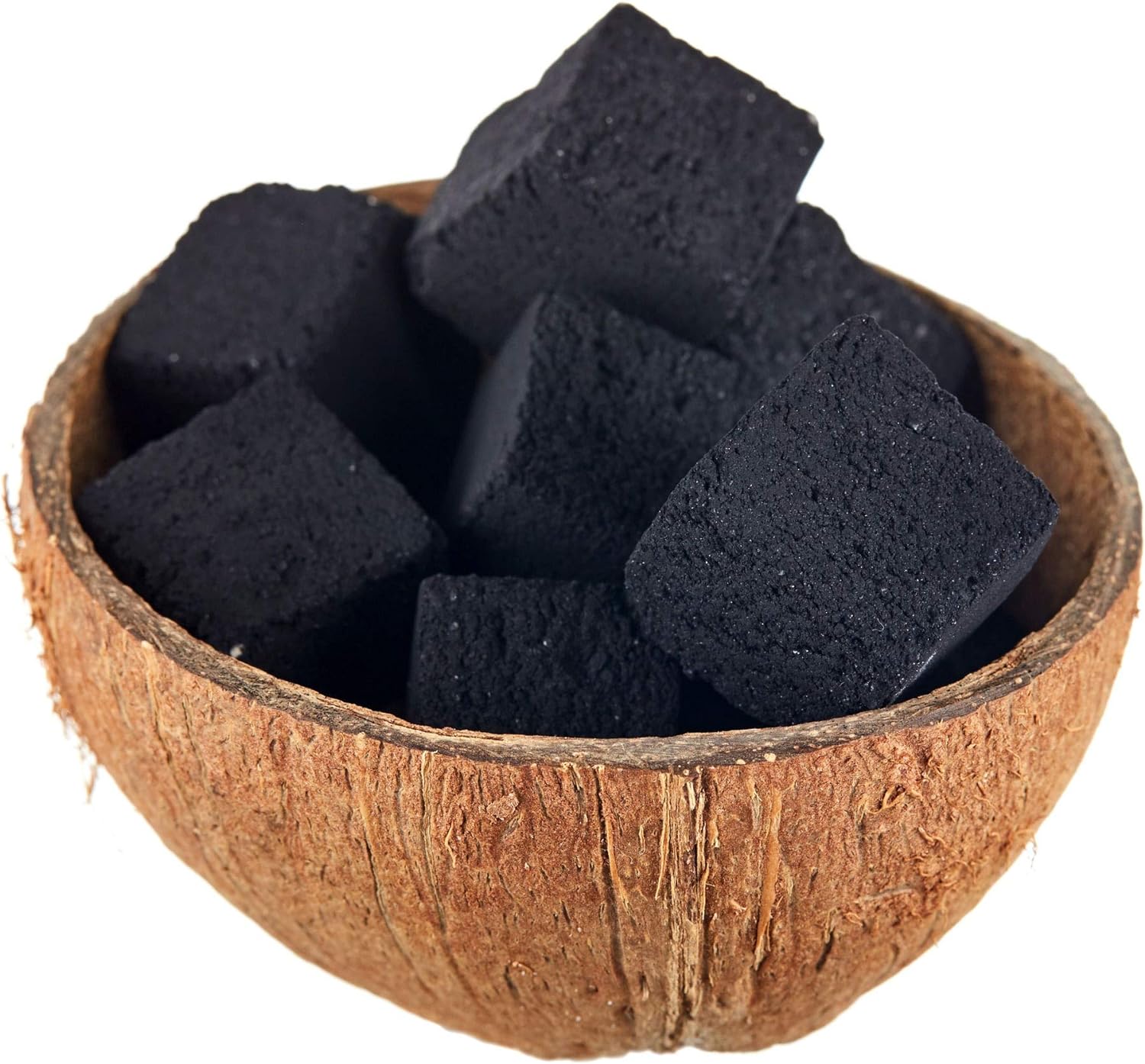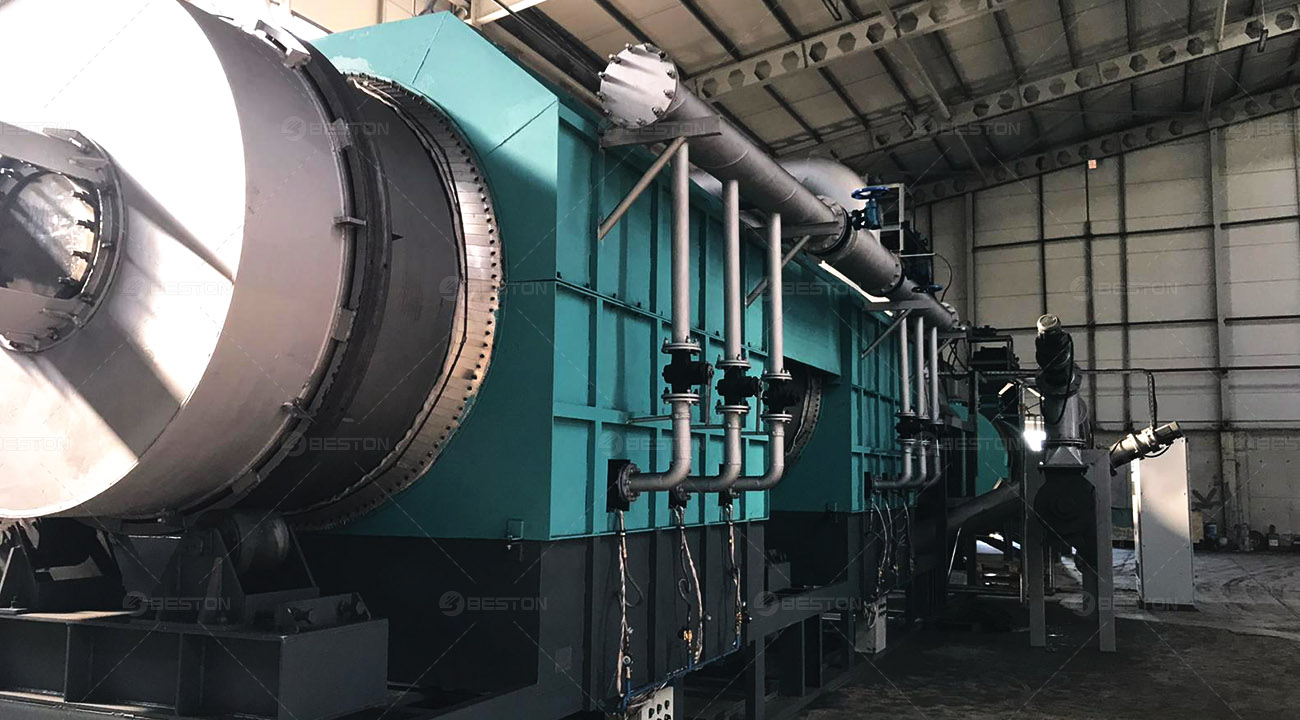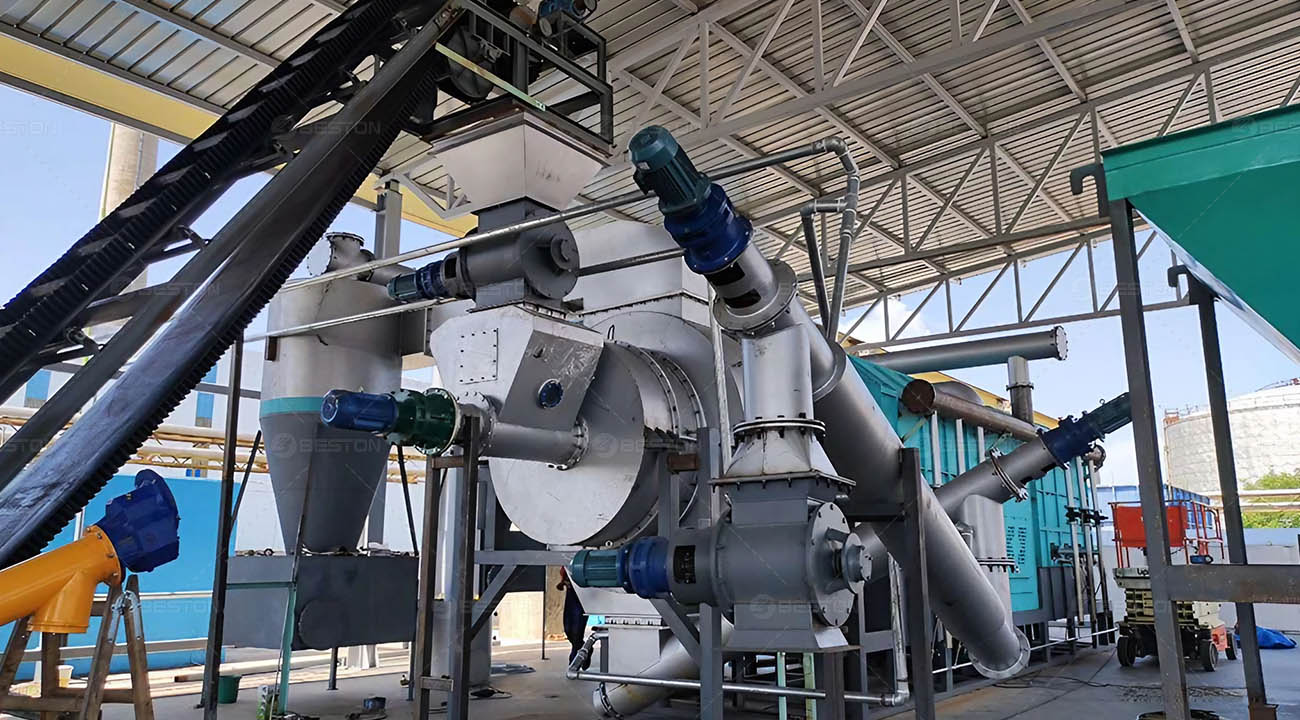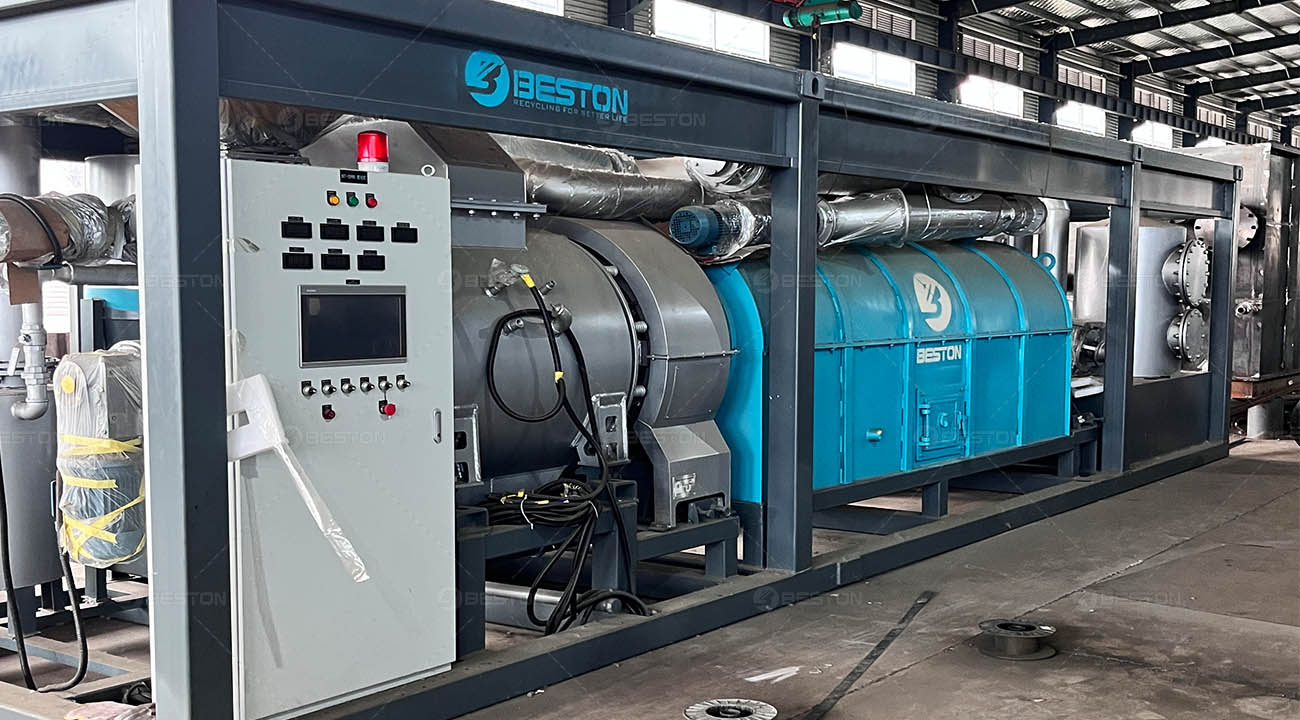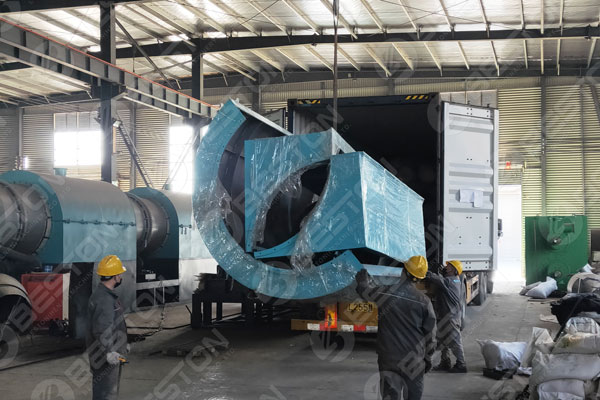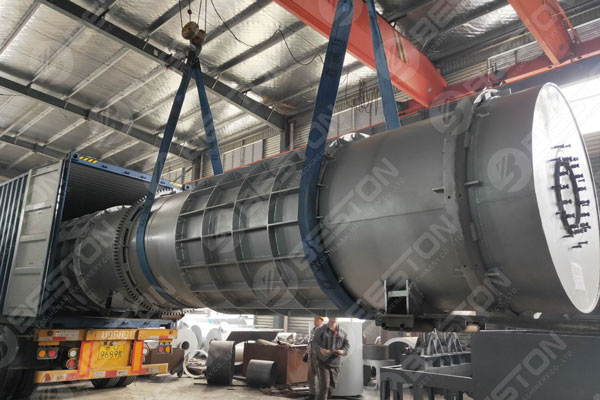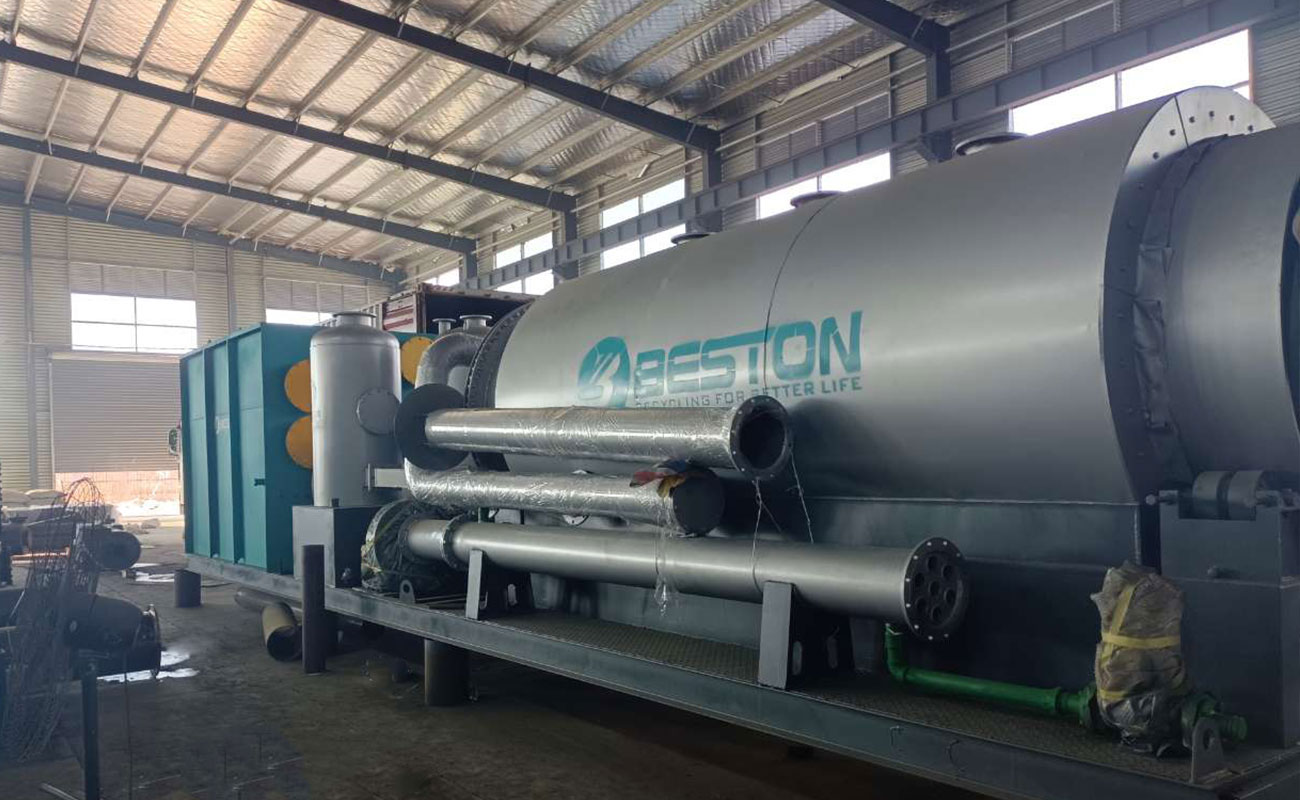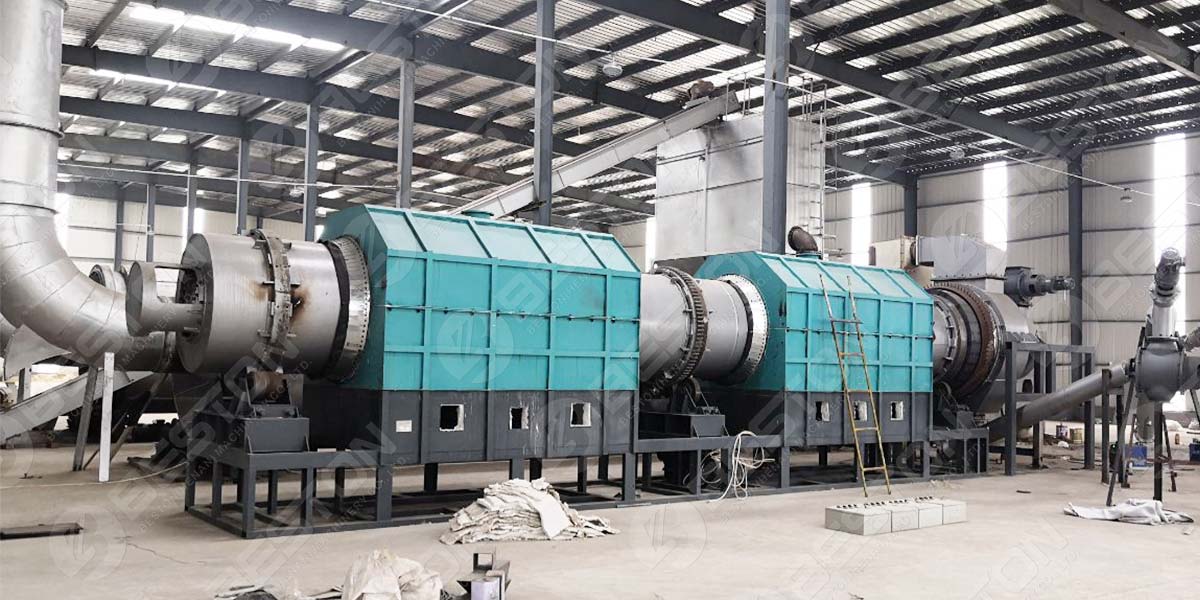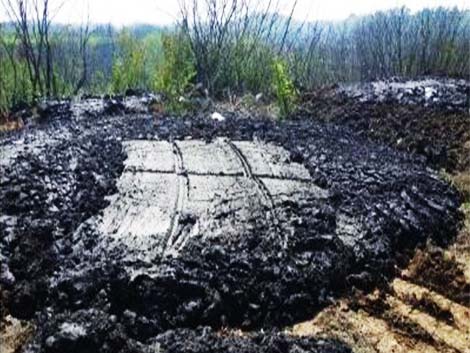Biochar has emerged as a promising solution in sustainable agriculture, carbon sequestration, and soil rehabilitation. Derived from organic materials like wood, crop residue, or coconut shells through pyrolysis, biochar is increasingly being adopted across the globe. However, the demand, application, and regulatory frameworks surrounding biochar vary significantly between Western markets like Europe and the United States, and countries in Asia. This article explores the different dynamics of biochar markets in these regions and highlights the implications for future growth and technology adoption.
European Market: Sustainability-Driven Demand
Europe has been at the forefront of environmental policies, and biochar fits neatly into its broader goals of carbon neutrality and regenerative agriculture. Governments across the European Union have implemented subsidies, certifications, and carbon credit schemes to encourage biochar production and application. Countries such as Germany, the Netherlands, and Switzerland have developed advanced frameworks that reward the carbon-sequestering benefits of biochar.
One key driver in the European market is the strong push for circular economies. Agricultural waste, forestry residues, and even urban green waste are being converted into biochar. Equipment like the sawdust charcoal making machine plays a pivotal role in this transition by enabling small and medium enterprises to valorize waste into valuable products.
In Europe, biochar is not just a soil amendment. It is used in animal husbandry, construction, water filtration, and even cosmetics. This diverse range of applications enhances the profitability of biochar production and further incentivizes innovation and investment.
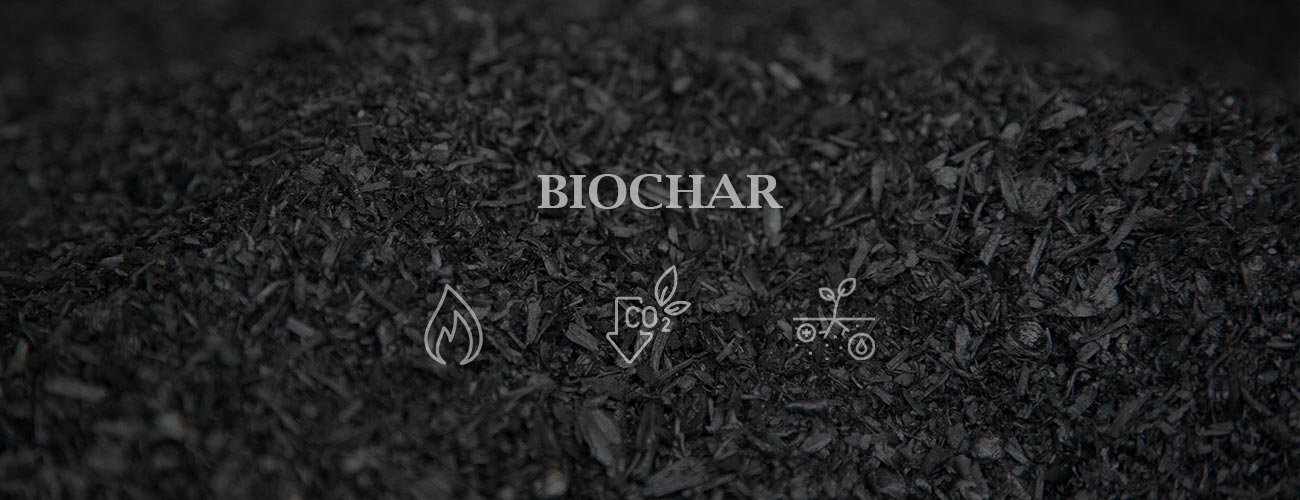
United States: Innovation Meets Agriculture
The biochar industry in the United States is rapidly evolving, powered by strong agricultural and scientific sectors. While federal regulations around biochar are less structured compared to Europe, state-level initiatives and private sector investments are propelling the industry forward.
American farmers are increasingly adopting biochar to improve soil fertility, retain water, and enhance crop yields. Universities and private research institutes are conducting extensive studies on the long-term benefits of biochar, further validating its effectiveness. The commercial viability of biochar is being explored through innovative business models and partnerships with carbon credit programs.
The demand for scalable and efficient systems like the charcoal making machine has increased, especially among sustainable farming operations and community-level waste management programs. The U.S. market also emphasizes the development of mobile units, making biochar production feasible in remote or resource-limited areas.
Asian Market: Resource Efficiency and Economic Development
Asia presents a complex and diverse landscape for the biochar market. While countries like Japan and South Korea mirror the policy maturity of Europe, developing nations such as India, Indonesia, and the Philippines view biochar through the lens of rural development, waste management, and food security.
Agricultural residues such as rice husks, bamboo, and coconut shells are abundant in Asia, making feedstock availability one of the region’s strongest advantages. Smallholder farmers and local enterprises often adopt biochar production to address multiple challenges simultaneously: reduce crop residue burning, improve soil fertility, and create livelihood opportunities.
The coconut shell charcoal making machine has gained popularity in Southeast Asian countries due to the high availability of coconut waste. These machines allow efficient conversion of waste into high-value biochar that is used locally or exported for premium prices.
However, Asia still faces challenges in terms of regulatory support, awareness, and access to modern technology. In many rural areas, traditional biochar kilns are still used, resulting in lower efficiency and higher emissions. Yet, the potential for market expansion is enormous, particularly as governments begin integrating biochar into climate adaptation and waste management strategies.
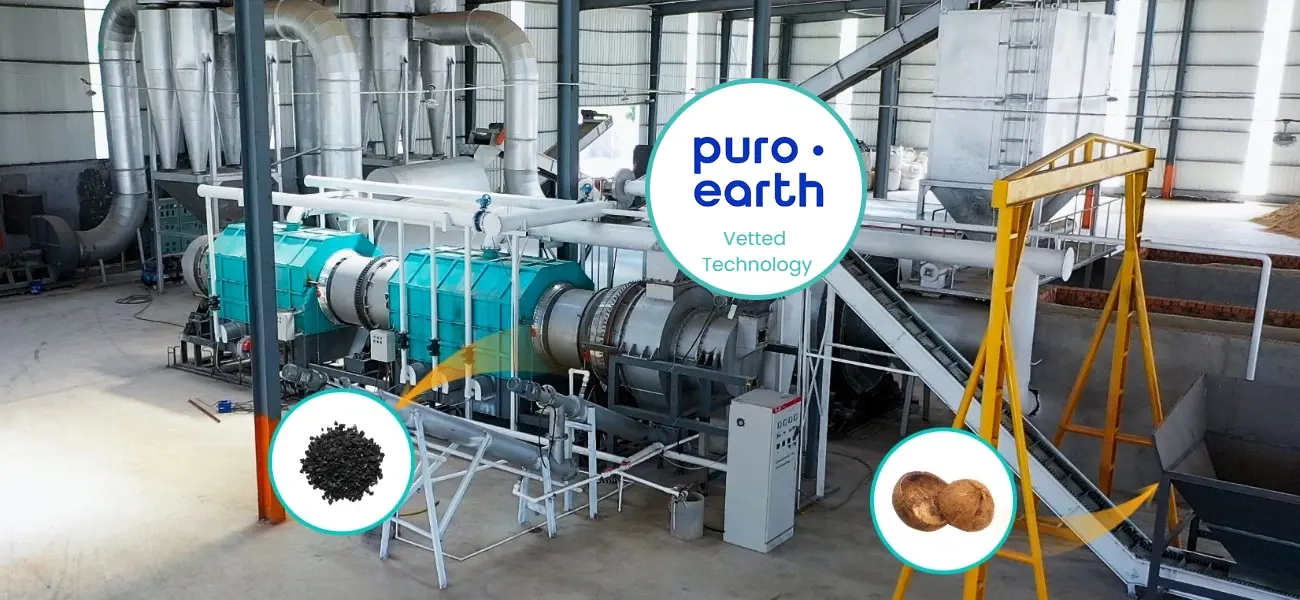
Technology Adoption and Regional Preferences
While the underlying technology of biochar production remains relatively consistent across regions, its implementation varies significantly. In Europe and the U.S., there is a preference for automated, emission-controlled units that align with strict environmental standards. In contrast, Asia leans toward modular, cost-effective systems that can be deployed in decentralized settings.
Advanced solutions such as the sawdust charcoal making machine and multi-feedstock pyrolysis reactors are finding traction in all regions, but with different deployment models. European companies may adopt centralized plants supported by government incentives, whereas Asian enterprises favor flexible, scalable technologies that align with local needs.
Mobile units and hybrid systems that combine gas recovery and bio-oil production are also gaining attention, particularly in regions where energy co-production is valued. This is especially true in energy-insecure areas of Southeast Asia and rural America, where the synergy between biochar and renewable energy is a compelling proposition.
Policy, Certification, and Carbon Credits
Europe leads in the development of biochar certification standards such as the European Biochar Certificate (EBC), which ensures product quality and environmental compliance. This provides a layer of consumer confidence and facilitates market penetration in industries like agriculture and construction.
In the U.S., while formal certification is still maturing, the voluntary carbon market offers significant incentives for biochar producers. Companies can monetize the carbon sequestration potential of biochar by registering their projects with carbon offset registries, thus attracting investment and expanding operational scale.
Asia lags behind in this regard but is beginning to catch up. Countries like China and India are initiating pilot programs that integrate biochar into their Nationally Determined Contributions (NDCs) under the Paris Agreement. If successful, this could open the floodgates for massive investment in clean and sustainable biochar technologies.
Market Outlook and Strategic Opportunities
Looking forward, the global biochar market is poised for significant expansion. Europe and the U.S. will likely continue leading in terms of innovation, policy, and cross-sector applications. Meanwhile, Asia, with its vast biomass resources and growing environmental awareness, holds the key to scaling biochar adoption at a grassroots level.
Technology providers must adapt to these regional differences. Manufacturers that offer diverse solutions—from large-scale industrial systems to smallholder-friendly units—will be well-positioned to capture emerging opportunities. Strategic investments in education, training, and partnerships with local stakeholders will also be crucial for long-term success.
In conclusion, biochar is not a one-size-fits-all solution. Its success depends on understanding regional needs, leveraging appropriate charcoal production technology, and aligning with the broader goals of sustainability, economic development, and climate resilience. Beston Group awaits your queries for additional information.
